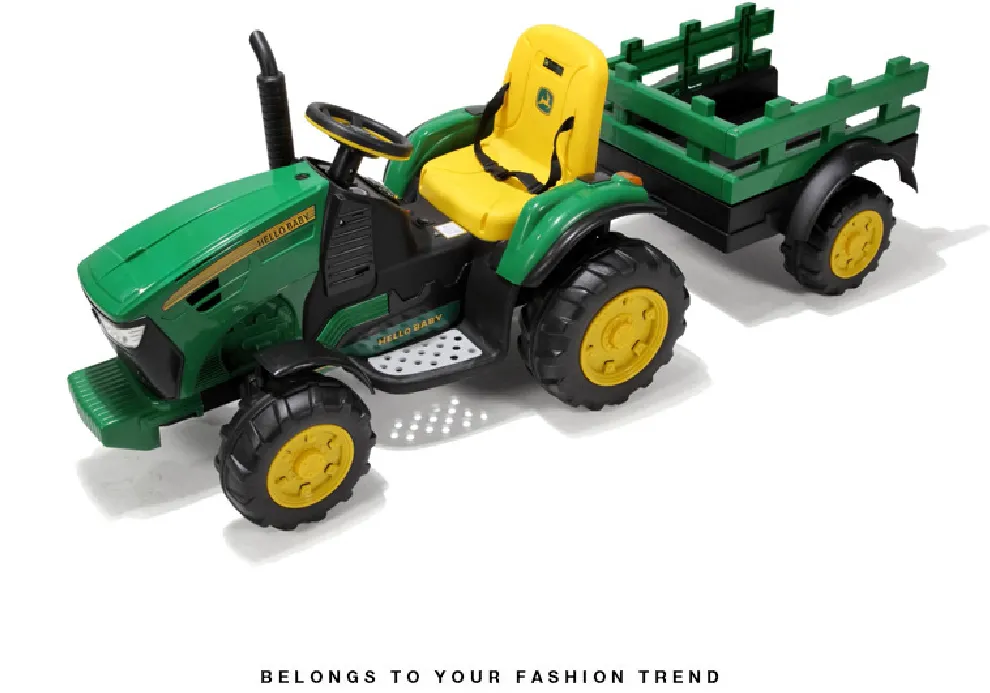Mar . 05, 2025 01:05 Back to list
how to install a derailleur on a mountain bike


Following this, reconnect the chain. If the chain was removed, use the chain tool to reinstall it, ensuring the correct length. As a general rule, wrap the chain around the largest front and rear cogs, bypassing the derailleur, and add two extra links for proper tension. Then, thread the chain through the derailleur jockey wheels, ensuring it's running smoothly. Now, reattach the derailleur cable. Loosen the pinch bolt, thread the cable through the cable guide, and pull it taut before retightening the pinch bolt. This ensures that your shifter adequately communicates with the derailleur, allowing seamless gear transitions. Fine-tuning the derailleur involves cable tension adjustments. Shift through all the gears, and if there are any hesitations or skipping, use the barrel adjuster on the derailleur to make precise tweaks. You should achieve a smooth, immediate response with each gear shift. Finally, reinstall the rear wheel and perform a test ride. Pay close attention to the gear shifting and make further adjustments to the cable tension or limit screws as necessary. Properly installed and adjusted, the derailleur should offer a smooth and reliable transition across all gears, significantly enhancing your mountain biking experience. There's an artistry and science to correctly installing a derailleur on a mountain bike. With this guide, backed by hands-on experience and expertise, you can be assured that you’re not only improving your bike's performance but also extending the life of its components. This meticulous approach will foster trust and credibility in any mountain biking community, ensuring you receive the best performance out of your equipment.
-
In-Depth Guide to Ebike Frames: Design, Use & Future Trends
NewsNov.25,2025
-
Discover Top E Bike Brand Insights, Specs & Future Trends | Yanline Bike
NewsNov.24,2025
-
Green E Bike – The Future of Sustainable Urban Mobility
NewsNov.24,2025
-
Ruffian eBike: Durable, Efficient Electric Bikes for Modern Mobility
NewsNov.23,2025
-
Comprehensive Guide to the Global E Bike Market and Future Trends
NewsNov.23,2025
-
Understanding Electric Bicycle Range: A Complete Guide for Smarter E-Bike Use
NewsNov.22,2025
-
Ceron Electric Bike – Efficient, Sustainable Urban Mobility Solutions
NewsNov.22,2025




